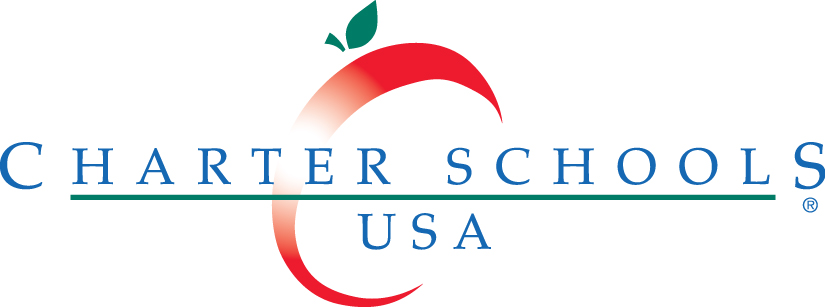Accepting and soliciting bribes. Diverting public funds for personal profit. Lying about the number of students. These are just a few examples of the fraud and malfeasance committed by charter school officials—cheating communities out of millions dollars that were supposed to go to education, a new report finds.
The Tip of the Iceberg: Charter School Vulnerabilities to Waste, Fraud, and Abuse (pdf) was released Tuesday by the Alliance to Reclaim Our Schools (AROS) and the Center for Popular Democracy (CPD).
It concludes that, in 15 states alone—a third of states with charter schools—such waste cost more than $200 million.
This number is significantly higher than estimates released last year by CPD, which identified at least $136 million lost to fraud and waste. The revised figure of $203 million includes “all of the cases from the 2014 report, $23 million in new cases, and $44 million in additional cases not included in the 2014 report,” the study states.
“Charter schools act like they have a ‘get out of accountability free’ card,” Jonathan Stith, spokesperson for AROS, said in a press statement. “Two-hundred-million dollars that was supposed to go to schools and classrooms is just gone. And that’s likely to be the tip of the iceberg, given the lack of transparency or standards applied to charter schools.”
However, the report warns, “The number of instances of serious fraud uncovered by whistleblowers, reporters, and investigations suggests that the fraud problem extends well beyond the cases we know about. According to standard forensic auditing methodologies, the deficiencies in charter oversight throughout the country suggest that federal, state, and local governments stand to lose more than $1.4 billion in 2015.”
“The vast majority of the fraud perpetrated by charter officials will go undetected because the federal government, the states, and local charter authorizers lack the oversight necessary to detect the fraud,” the report adds.
The report cited numerous examples of such transgressions in charter schools from California to Ohio, including the case of a Washington, D.C. institution, highlighted in a summary of the findings:

